Vocabulary in the Writing Center
There are many ways for children to engage with and get to know a word. Providing children with varied opportunities to build, trace, copy and use words in multiple contexts often leads to self-initiated labeling and invented spelling. High-interest words such as familiar places in children’s environment, as well as keywords, such as mom, dad, cat, and rainbow, should be accessible. Children are likely to use a word if it is meaningful and relevant to their lives.

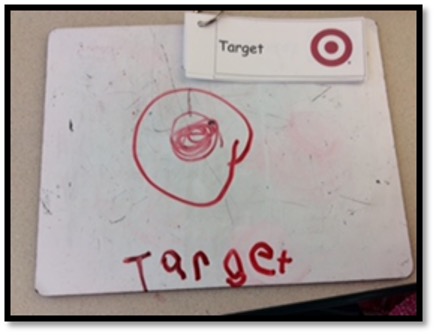
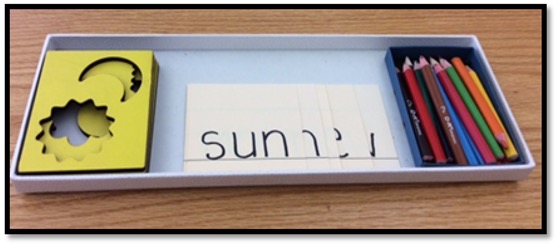
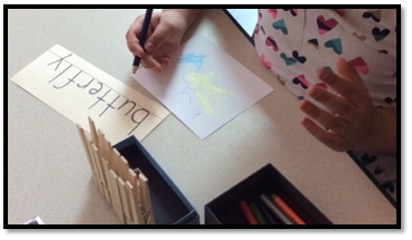
Add word cards to stencils to make the connection between drawings, individual letters, and words. The words encourage children to label their own work. Placing the materials in a tray allows children to see what is available and helps them make a choice.
Place words connected to the Big Idea in a pocket chart or on rings so children can see and access them as needed.
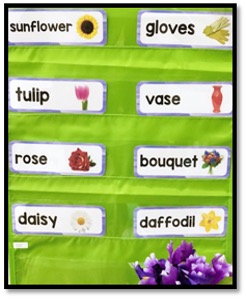
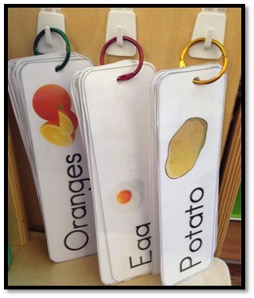

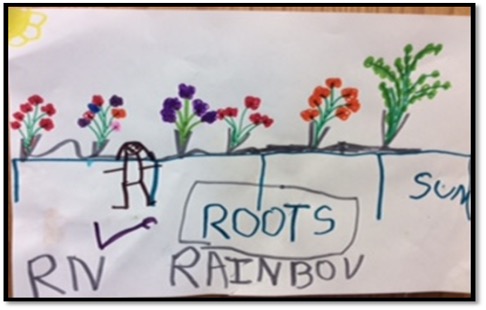
Offer children opportunities to label their work. This includes labeling pictures in their journals or on a chart or poster they have made.
Another way for children to engage with words is to provide opportunities for them to build them. Letter tiles, magnetic letters, and clothespins are fun, low-risk ways for children to move letters around and experiment with building and sounding out a word.

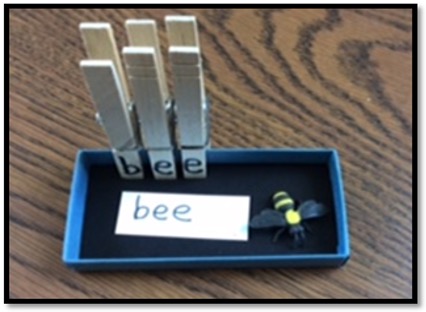

As children manipulate letters to form words, they develop an understanding of how letters are ordered and organized to make a word. For example, words go from left write, initial sounds go first.
Building Vocabulary Connections Across the Classroom
Children acquire new words and develop word consciousness through repeated exposure and experiences that build connections and integrate learning across contexts. Using Big Idea vocabulary throughout the day and in various areas of the classroom provides opportunities to revisit and use the language of school and learning. Conversations around purposeful activities build connections between words and concepts and develop strong language skills.
Morning Message (Question of the day)
Reading a structured morning message (see the Morning Meeting Guide) provides practice with the language of greeting, time, and date. Adding a thoughtful question of the day provides a link to the daily curriculum setting the tone for the day.
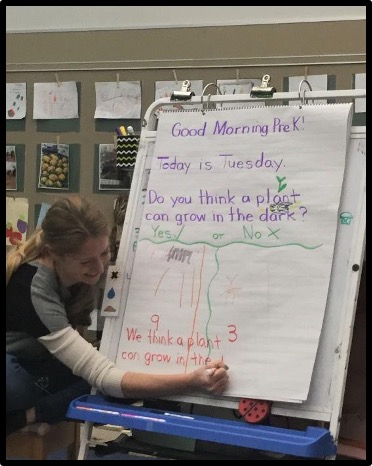
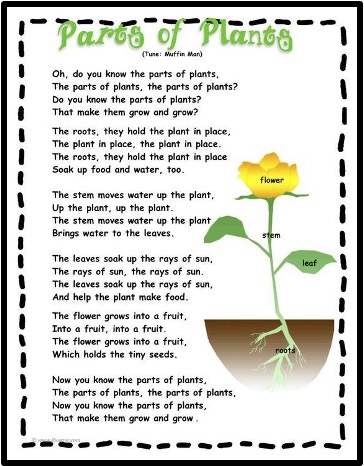
Songs and poems (shared reading)
Shared reading experiences, using illustrated and color-coded song and poem charts, support children’s memory for language. The structured repetition of songs and poems provides repeated opportunities to hear, learn and understand new and familiar words. Using songs and poems that connect to the Big Idea gives children another tool for learning key vocabulary.
Dramatic Play
Dramatic Play brings vocabulary to life for young children. Integrating the Big Idea, and the concepts and vocabulary associated with it provides children meaningful opportunities to hear, use and apply new words. Creating play scenarios and inviting children to co-plan play, supports the application of new language. Designing dramatic play areas with children allows them to practice meaningful vocabulary as they create content-specific labels. Providing labels and word cards allows children to remember and practice the words they are hearing in conversations through the context of play.
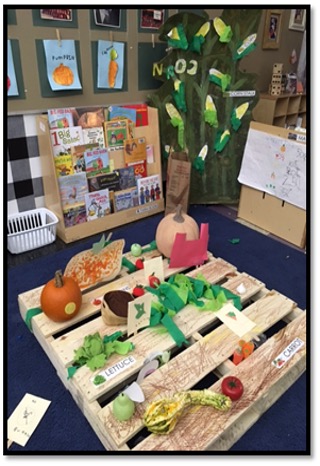
Block Area
The Block Area offers a low-risk entry point for children to engage with vocabulary. Children can draw and label what they built. The teacher can take dictation and add the story to their pictures. Displaying children’s work so they can see it validates their efforts and inspires their friends.
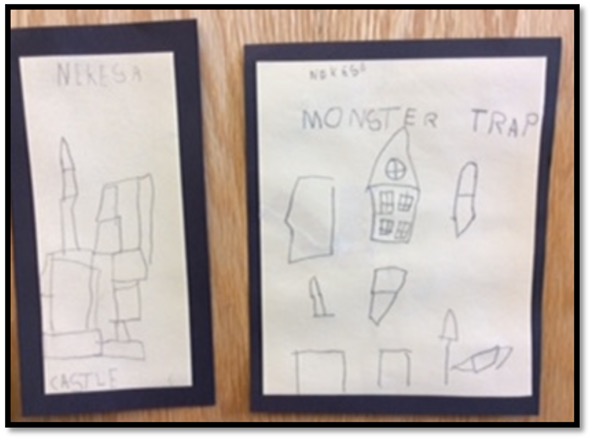
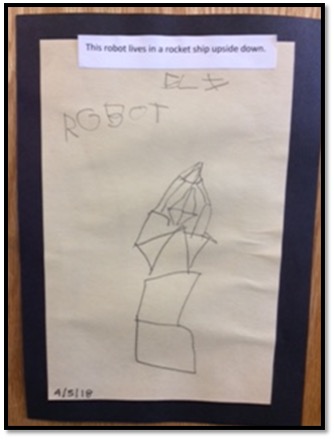
Science Area
Children learn, use and begin to internalize content vocabulary when they have the opportunity to observe, engage and talk about it over an extended period of time. Observational drawing offers children opportunities to focus on details and helps them observe and reflect on what they see.
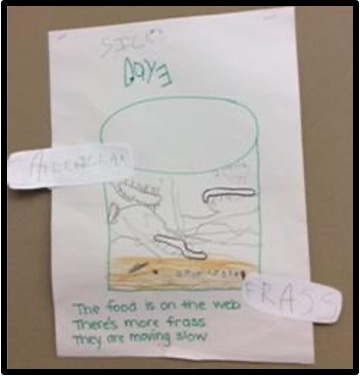
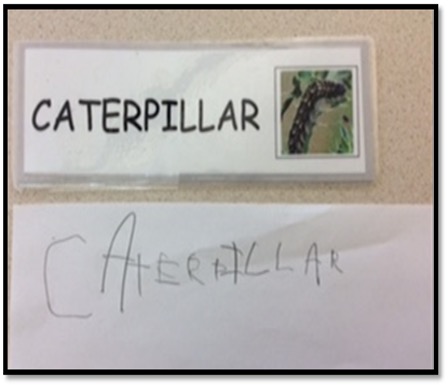
Sensory Experiences
Sensory activities support children’s learning through multisensory experiences. They are most powerful when children are able to explore real materials and real phenomena, as it is being taught through the curriculum. Give children plenty of time to explore and discuss materials before asking them to then use them in a more structured and purposeful way.
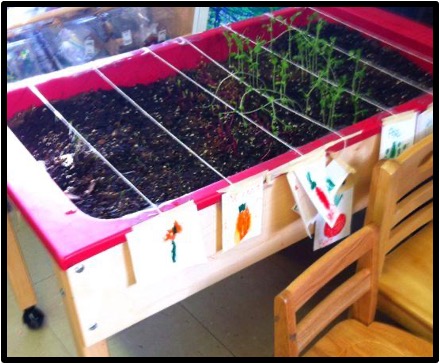
Children can play with soil and worms for days before planting seeds in rows, and labeling the rows.